Design
of Spillway Aeration Devices
to prevent
Cavitation Damage on Chutes and Spillways
by Hubert CHANSON (h.chanson@uq.edu.au)
M.E., ENSHM Grenoble, INSTN, PhD (Cant.), DEng (Qld),
Eur.Ing., MIEAust., IAHR Member, 13th
Arthur Ippen awardee
The University of Queensland, School
of Civil Engineering., Brisbane QLD 4072, Australia
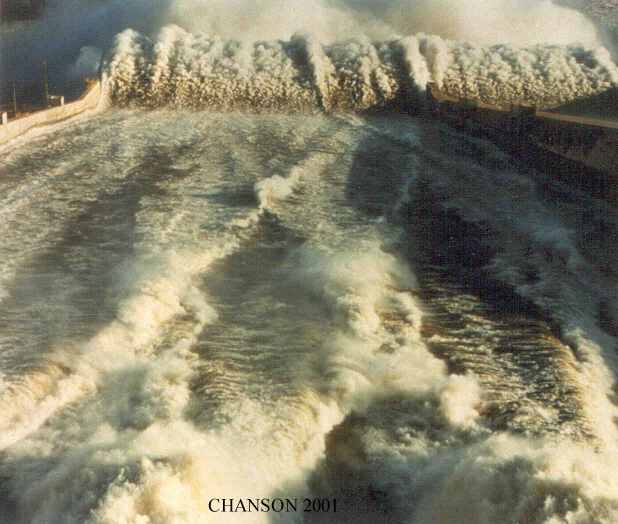 Presentation
Presentation
On chute spillways and bottom outlets, cavitation damage may occur at
clear water velocities of between 12 to 15 m/s (1).
The damaging effects of cavitation erosion may be reduced or stopped by
decreasing the critical cavitation number (e.g. removal of surface
irregularities), increasing the cavitation resistance of the material
surface (e.g. use of steel fibre concrete), using a combination of the
first two methods (e.g. steel lining), directing the cavitation bubble
collapses away from the solid boundaries, and inducing flow aeration. With
velocities greater than 20 to 30 m/s, the tolerances of surface finish
required to avoid cavitation are too severe (FALVEY
1990) and the cost of cavitation resistant materials is prohibitive.
For these reasons, it becomes usual to protect the spillway surface from
cavitation erosion by introducing air next to the spillway surface (Figure
2) using aeration devices located on the spillway bottom and
sometimes on the sidewalls (Figure 1) (CHANSON
1997, Chap. 17).
Cavitation and air entrainment
Cavitation is defined as the explosive growth of vapour bubbles. It
involves the entire sequence of events : bubble formation extending to
bubble disappearance. After formation, cavitation bubbles may be carried
away into regions of higher local pressures, before disappearing by
collapse. Cavity collapses generate extremely high pressures in their
immediate vicinity. In presence of gas content, flows may cavitate at
higher static pressures and substantial quantities of air produce a large
reduction in damage rate. RUSSELL and SHEEHAN
(1974) suggested that entrained air is effective because : (1) the
presence of air in the vapour cavities will cushion the cavity collapse
and reduce the resulting water hammer pressure and (2) air bubbles present
in the surrounding fluid will reduce the shock wave celerity and the
magnitude of the shock waves on the material surface. The presence of air
bubbles within the flow might also affect the collapse mechanisms,
re-directing the water hammer jets away from the solid boundary. Tests on
concrete specimens and on prototype spillways showed that cavitation
damage on concrete chute spillways can be prevented if aeration provide
mores than 4 to 8% of air next to the channel invert.
Operation of a spillway aeration
device
Aeration devices (2) are
designed to introduce artificially air within the flow upstream of the
first location where cavitation damage might occur (Figures
3 and 4) . Aerators are designed to deflect high velocity flow away
from the chute surface (Figure 4). The
waters taking off from the deflector behave as a free jet with a large
amount of interfacial aeration. The basic shapes of aerators are a ramp,
an offset and a groove. The ramp and the offset tend to deflect the
spillway flow away from the chute surface. In the cavity formed below the
nappe, a local subpressure is produced by which air is sucked into the
flow (e.g. LAALI and MICHEL 1984, CHANSON
1990). Usually a combination of the three basic shapes provides the
best design : the ramp dominates the
operation at small discharges, the groove provides space for air supply,
the offset enlarges the jet trajectory at higher discharges.
The main flow regions above a bottom aeration device are : (1) the
approach flow region which characterises the initial nappe flow
conditions, (2) the transition region which coincides with the length of
the deflector, (3) the aeration region, (4) the impact point region and
(5) the downstream flow region (Figure 5).
CHANSON (1989a,b) presented detailed
measurements of free-surface aeration along a spillway aerator model and
in the downstream flow. Air bubbles are redistributed downstream of an
aeration device as in self-aerated flows and
there is a complete analogy between the flow downstream of an aerator and
self-aerated flows. This similarity was
demonstrated first by CHANSON (1989b) and it is
now well recognised (e.g. FALVEY 1990).
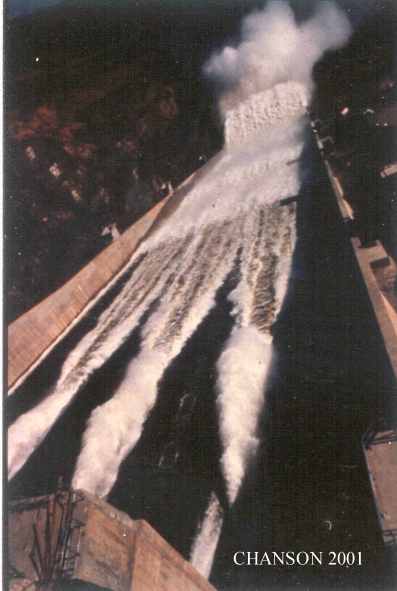
Discussion
The quantity of air supplied by the air ducts is not always an important
design parameter in term of aerator efficiency. In fact the total quantity
of air entrained above an aerator is related to the interfacial aeration
at both upper and lower nappes, rather the air supply. CHANSON
and TOOMBES (2002) suggested that a stepped invert may be more
efficient on flat chutes.
The practice to design a large number of air inlets is completely
empirical and un-economical. In one instance (i.e. Nurek tunnel spillway),
aerators had to be shut down to reduce the excessive aeration in the
tunnel. In another case, calculations suggest that two aerators instead of
three would have protected the entire spillway length from cavitation
damage and at a cheaper cost.
The contribution of the downstream free-surface aeration is an uppermost
important parameter, often neglected by design engineers. The optimum
location of the first aerator and the required aerator spacing depend
essentially upon the free-surface aeration potential. In the downstream
flow region the air content tends to the uniform equilibrium air
concentration for the channel slope (see Self-aeration studies). Basic
design recommendations (CHANSON 1989b) include :
+ On a steep spillway (slope > 20 deg.), the air concentration
distribution downstream of an aerator will tend to the equilibrium air
concentration distribution (Cmean > 30 %). If the average
air concentration at the start of the downstream flow region is high
enough, all the length downstream of the first aerator will be
protected and no additional aerator will be required as long as the
invert slope is greater than 20 degrees.
+ If the spillway slope becomes lower than 20 degrees or for a flat
spillway (slope < 20 deg.), the flow may be de-aerated and an
additional aerator will be required when the depth-averaged air
concentration becomes lower than 30 %.
These results are important and they suggest the following design
recommendations :
(A) For steep spillways, the first aeration device must be located near
the upstream end of the channel to 'trigger' the free-surface aeration
process and to use self-aeration in the downstream flow region to maximise
air entrainment. All the spillway length downstream of the first aerator
is protected from cavitation damage and no additional aerator is required
as long as the channel slope is larger than 20 degrees.
(B) On small-slope chutes, the first aerator must be located immediately
upstream of the potential cavitation inception location (in absence of
aerators). Additional aerator(s) are required when the bottom air
concentration downstream of the aerator falls below 4-8 % (i.e. Cmean
< 0.30).
Practical considerations
The designers of aeration devices must : (1) avoid the aerator submergence
(or cavity filling), (2) limit the cavity subpressure to reasonable values
and (3) limit the air velocities in the air inlets. CHANSON
(1995) developed a method to predict the risk of cavity filling. FALVEY (1990) suggested that the cavity
subpressure should be less than one tenth of the critical pressure ratio
for sonic velocity to prevent excessive noise. To avoid the effect of
compressibility, the air velocities in the vents should be less that 100
to 120 m/s. Altogether these considerations may be more important when
designing an aeration device than the maximisation of the quantity of air
supplied by the air ducts.
Footnotes
(1) Examples of major
spilway damage by cavitation include Aldea-Davilla dam (Portugal, 1966),
Yellowtail dam (USA 1967), Tarbela dam (Pakistan, 1974), Karun dam
(Iran, 1977-1993), Glen Canyon dam (USA, 1983). In most cases, a
spillway aeration devices was installed as part of teh remdial measures.
FALVEY (1990) presented detailed case studies.
(2) Spillway aeration
devices are also called air slots in North-America.
Detailed
photographs
Photo No. 1 : Foz do Areia dam spillway
(Brazil), H = 160 m, spillway slope: 14.5 deg. slope, design discharge:
11,000 m3/s, chute length: 400 m. Spillway in operation (flow from bottom to
top) (Courtesy of Prof. N. PINTO).
Photo No. 2 : Itaipu dam spillway
(Brazil/Paraguay), H = 196 m, Parana river, completed in 1982, spillway
slope: 10 deg., W = 345 m, design discharge: 61,400 m3/s (Courtesy of Prof.
N. PINTO). Spillway in operation (flow from bottom to top). Note the air
duct intakes on the left wall although the air slots were not built across
the spillway invert. Strict tolerance criteria were applied to the concrete
surface lining during construction and aeration devices were deemed
unnecessary.
Photo No. 3 : Clyde dam spillway (NZ)
during construction in March 1988. Note the scaffolding in the spillway
aeration device.
Photo No. 4 : Spillway aeration device
model : 1/15 scale model of the Clyde dam spillway aeration device; flow
conditions : Fr = 6.5, V=5.8 m/s, d =85 mm. (See also CHANSON
1989a, 1989b, 1990)
Photo No. 5 : Sketch of a spillway
aeration device (after CHANSON 1997).
Photo No. 6 : Chungju dam,
Korea. Completed in 1985, the concrete gravity dam is 97.5 m high, 447 m
long and it is equipped with 4 100-MW turbines. Located on the South Han
river, the reservoir is multipurpose: flood control, hydropower and water
supply. Photo No. 6A : details of the
Chungju dam spillway on 14 Sept. 2005. Photo
No. 6B : Details of the spillway aeration devices; the second bottom
slot is unnecessary. Photo No. 6C :
Detail of the first aeration slot, located at the downstream end of the gate
piers.
Related
links
 References
References
[1] CHANSON, H. (1997). "Air Bubble
Entrainment in Free-Surface Turbulent Shear Flows." Academic Press,
London, UK, 401 pages (ISBN 0-12-168110-6).
[2] FALVEY, H.T. (1990). "Cavitation in Chutes and Spillways." USBR
Engrg. Monograph, No. 42, Denver, Colorado,USA, 160 pages.
[3] CHANSON, H. (1989). "Flow downstream of an Aerator. Aerator Spacing." Jl
of Hyd. Res., IAHR, Vol. 27, No. 4, pp. 519-536. (PDF
Version at EprintsUQ)
[4] CHANSON, H. (1989). "Study of Air Entrainment and Aeration Devices." Jl
of Hyd. Res., IAHR, Vol. 27, No. 3, pp. 301-319. (PDF
version at EprintsUQ)
[5] LAALI, A.R., and MICHEL, J.M. (1984). "Air Entrainment in Ventilated
Cavities : Case of the Fully Developed 'Half- Cavity'." Jl of Fluids
Eng., Trans. ASME, Sept., Vol. 106, p.319.
[6] CHANSON, H. (1990). "Study of Air Demand on Spillway Aerator." Jl of
Fluids Eng., Trans. ASME, Vol. 112, Sept., pp. 343-350. (download
PDF file)
[7] RUSSELL, S.O., and SHEEHAN, G.J. (1974). "Effect of Entrained Air on
Cavitation Damage." Can. Jl of Civil Engrg., Vol. 1, pp. 97-107.
[8] CHANSON, H. (1995). "Predicting the Filling of Ventilated Cavities
behind Spillway Aerators." Jl of Hyd. Res., IAHR, Vol. 33, No. 3,
pp. 361-372. (Download PDF
file)
[9] CHANSON, H. (1999). "The Hydraulics of
Open Channel Flows : An Introduction." Butterworth-Heinemann,
London, UK, 512 pages (ISBN 0 340 74067 1). CHANSON, H. (2002). "Hidraulica
Del
Flujo
De Canales Abiertos", McGraw
Hill
Interamericana, División Universidad, Columbia (ISBN:
958-410-256-7) (in Spanish).
[10] CHANSON, H., and TOOMBES, L. (2002). "Energy Dissipation and Air
Entrainment in a Stepped Storm Waterway: an Experimental Study." Jl of
Irrigation and Drainage Engrg., ASCE, Vol. 128, No. 5, pp. 305-315
(ISSN 0733-9437). (Download PDF
File)
Video movies on YouTube
Physical Modelling of Air Bubble Entrainment in Vertical Planar Plunging
Jets - {https://youtu.be/GcAiBD4LpwM}
Stepped Spillway Research - {https://youtu.be/j_AsUXD4D3M}
Bibliography
CHANSON, H. (1988). "A Study of Air Entrainment and Aeration
Devices on a Spillway Model." Ph.D. thesis, Dept. of Civil Engineering,
University of Canterbury, Christchurch, New Zealand. (PDF
version at UQeSpace) Order
Form
CHANSON, H. (1991). "Aeration of a Free Jet above a Spillway."
Jl of Hyd. Res., IAHR, Vol. 29, No. 5, pp. 655-667 & Vol. 29, No.
6, p. 864 (ISSN 0022-1686). (PDF
Version at EprintsUQ)
CHANSON, H. (1993). "Velocity Measurements within High Velocity
Air-Water Jets." Jl of Hyd. Res., IAHR, Vol. 31, No. 3, pp. 365-382
& No. 6, p. 858 (ISSN 0022-1686). (Download
PDF file)
CHANSON, H. (1993). "Model Studies of the Aeration Device of
the Clyde Dam Spillway." ANCOLD Bulletin, No. 94, pp. 29-45. (Record at UQeSpace)
(PDF file)
CHANSON, H. (1994). "Aeration and De-aeration at Bottom
Aeration Devices on Spillways." Can. Jl of Civil. Eng., Vol. 21, No.
3, June, pp. 404-409 (ISSN 0315-1468). (Download
PDF file)
CHANSON, H. (2004). "Environmental
Hydraulics of Open Channel Flows." Elsevier-Butterworth-Heinemann,
Oxford, UK, 483 pages (ISBN 0 7506 6165 8).
CHANSON, H. (2004). "Air Entrainment in Hydraulic Engineering."
in "Fluvial, Environmental &
Coastal Developments in Hydraulic Engineering", Balkema, Leiden, The Netherlands,
Proc. International Workshop on State-of-the-Art Hydraulic Engineering,
16-19 Feb. 2004, Bari, Italy, M. MOSSA, Y. YASUDA and H. CHANSON Ed., pp.
17-63 (ISBN 04 1535 899 X). (PDF
version at EprintsUQ)
CHANSON, H. (2013). "Hydraulics of Aerated Flows: Qui Pro Quo?"
Journal of Hydraulic Research,
IAHR, Invited Vision paper, Vol. 51, No. 3, pp. 223-243 (DOI:
10.1080/00221686.2013.795917) (ISSN 0022-1686). (Postprint
at UQeSpace) (Reprint)
(PDF file)
HAGER, W.H. (1992). "Spillways, Shockwaves and Air Entrainment
- Review and Recommendations." ICOLD Bulletin, No. 81, Jan., 117
pages.
KRAMER, K. (2004). "Development of Aerated Chute Flow." Ph.D. thesis, VAW, ETH-Zürich,
Switzerland, 178 pages. (also Mitteilungen
der
Versuchsanstalt fur Wasserbau, Hydrologie und Glaziologie,
ETH-Zurich, Switzerland, No. 183.)
LOW, H.S. (1986). "Model Studies of Clyde Dam Spillway
aerators." Research Report No. 86-6, Dept. of Civil Eng., Univ. of
Canterbury, Christchurch, New Zealand.
PINTO, N.L. de S. (1984). "Model Evaluation of Aerators in
Shooting Flow." Proc. Intl Symp. on Scale Effects in Modelling Hydraulic
Structures, IAHR, Esslingen, Germany, H. KOBUS Editor, pp.
4.2-1/4.2-6.
VISCHER, D., VOLKART, P., and SIGENTHALER, A. (1982).
"Hydraulic Modelling of Air Slots in Open Chutes Spillways." Intl. Conf.
on the Hydraulic Modelling of Civil Engineering Structures, BHRA Fluid
Engineering, Coventry, UK., pp. 239-252.
VOLKART, P., and CHERVET, A. (1983). "Air Slots for Flow
Aeration." Mitteilungen der Versuchsanstalt fur Wasserbau, Hydrologie
und Glaziologie, ETH-Zurich, Switzerland, No. 66.
VOLKART, P., and RUTSCHMANN, P. (1984). "Air Entrainment
Devices (Air Slots)." Mitteilungen der Versuchsanstalt fur Wasserbau,
Hydrologie und Glaziologie, ETH-Zurich, Switzerland, No. 72.
TOOMBES, L., and CHANSON, H. (2007). "Surface Waves and
Roughness in Self-Aerated Supercritical Flow." Environmental
Fluid
Mechanics, Vol. 5, No. 3, pp. 259-270 (DOI
10.1007/s10652-007-9022-y) (ISSN 1567-7419 (Print) 1573-1510 (Online)). (PDF file at
UQeSpace)
Acknowledgments
The writer acknowledges the assistance of Professor N.L. de S. PINTO and
Companhia Paranaense de Energia, and Yann CHACHEREAU.
License

This work is licensed under a Creative
Commons Attribution-NonCommercial 3.0 Unported License.
Hubert
CHANSON is a Professor in Civil Engineering, Hydraulic Engineering
and Environmental Fluid Mechanics at the University
of Queensland, Australia. His research interests include design of
hydraulic structures, experimental investigations of two-phase flows,
applied hydrodynamics, hydraulic engineering, water quality modelling,
environmental fluid mechanics, estuarine processes and natural resources.
He has been an active consultant for both governmental agencies and
private organisations. His publication record includes over 1200
international refereed papers and his work was cited over 10,000 times
(WoS) to 26,000 times (Google
Scholar) since 1990. His h-index is 47 (WoS), 51 (Scopus) and 79 (Google
Scholar), and he is ranked among the 150 most cited researchers in
civil engineering in Shanghai’s
Global Ranking of Academics. Hubert Chanson is the author of twenty
books, including "Hydraulic Design
of Stepped Cascades, Channels, Weirs and Spillways" (Pergamon,
1995), "Air Bubble Entrainment in
Free-Surface Turbulent Shear Flows" (Academic
Press, 1997), "The Hydraulics
of Open Channel Flow: An Introduction" (Butterworth-Heinemann,
1st edition 1999, 2nd
editon 2004), "The Hydraulics of
Stepped Chutes and Spillways" (Balkema,
2001), "Environmental
Hydraulics of Open Channel Flows" (Butterworth-Heinemann,
2004), "Tidal
Bores, Aegir, Eagre, Mascaret, Pororoca: Theory And Observations" (World
Scientific, 2011), "Applied
Hydrodynamics:
an Introduction" (CRC
Press, 2014). He co-authored three further books "Fluid Mechanics
for Ecologists" (IPC Press, 2002), "Fluid Mechanics for Ecologists.
Student Edition" (IPC, 2006) and
"Fish Swimming in Turbulent Waters. Hydraulics Guidelines
to assist Upstream Fish Passage in Box Culverts" (CRC Press 2021). His textbook "The Hydraulics
of Open Channel Flows: An Introduction" has already been translated
into Spanish (McGraw-Hill
Interamericana) and Chinese (Hydrology Bureau of Yellow
River Conservancy Committee), and the second
edition was published in 2004. In 2003, the IAHR
presented him with the 13th Arthur Ippen Award
for outstanding achievements in hydraulic engineering. The American
Society of Civil Engineers, Environmental and Water Resources Institute
(ASCE-EWRI) presented him with the 2004 award for the Best Practice paper
in the Journal of Irrigation and Drainage Engineering ("Energy
Dissipation
and Air Entrainment in Stepped Storm Waterway" by Chanson and
Toombes 2002), the 2018 Honorable Mention Paper Award for "Minimum Specific
Energy and Transcritical Flow in Unsteady Open-Channel Flow" by
Castro-Orgaz and Chanson (2016) in the ASCE Journal of Irrigation and
Drainage Engineering, the 2020 Outstanding Reviewer Award, and the 2021
Outstanding Reviewer Award. The Institution of Civil Engineers (UK)
presented him the 2018 Baker Medal. In 2018, he was inducted a Fellow of
the Australasian Fluid
Mechanics Society. Hubert Chanson edited further several books : "Fluvial, Environmental and Coastal
Developments in Hydraulic Engineering" (Mossa, Yasuda & Chanson
2004, Balkema), "Hydraulics.
The
Next Wave" (Chanson & Macintosh 2004, Engineers
Australia), "Hydraulic
Structures:
a Challenge to Engineers and Researchers" (Matos & Chanson 2006,
The University of Queensland), "Experiences and
Challenges in Sewers: Measurements and Hydrodynamics" (Larrate &
Chanson 2008, The University of
Queensland), "Hydraulic
Structures:
Useful Water Harvesting Systems or Relics?" (Janssen & Chanson
2010, The University of Queensland),
"Balance
and Uncertainty: Water in a Changing World" (Valentine et al. 2011,
Engineers Australia), "Hydraulic
Structures and Society – Engineering Challenges and Extremes"
(Chanson and Toombes 2014, University
of Queensland), "Energy
Dissipation
in Hydraulic Structures" (Chanson 2015, IAHR
Monograph, CRC Press). He chaired the Organisation of the 34th
IAHR World Congress held in Brisbane, Australia between 26 June and
1 July 2011. He chaired the Scientific Committee of the 5th IAHR
International Symposium on Hydraulic Structures held in Brisbane in
June 2014. He co-chaired the Organisation of the 22nd Australasian Fluid
Mechanics Conference held as a hybrid format in Brisbane, Australia on
6-10 December 2020.
His Youtube channel is: {https://www.youtube.com/@Hubert_Chanson}.
His Internet home page is http://www.uq.edu.au/~e2hchans.
He also developed a gallery of photographs website {http://www.uq.edu.au/~e2hchans/photo.html}
that received more than 2,000 hits per month since inception.
More pictures of self-aeration are here
...
TECHNICAL INTERNET RESOURCES
More about a history of arch dams
... More about timber crib
weirs ... More about steel
dams ...
More about engineering
failures ... More about rubber
dams ... More about a tidal
bore ...
More about the Formal Water Garden
.... More about rapid
reservoir sedimentation in Australia ...
More about Minimum Energy Loss culverts
.. More about Minimum Energy
Loss weirs ...
This page was visited 10,808 times between
18-09-2001 and June 2012.
Last updated on 09/11/2021

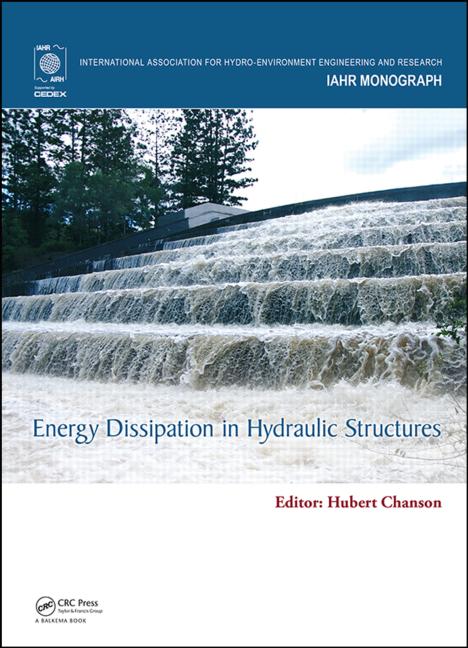
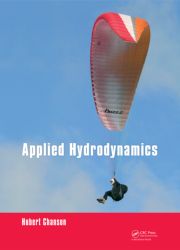
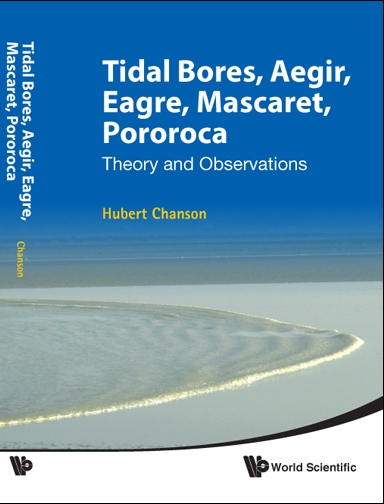
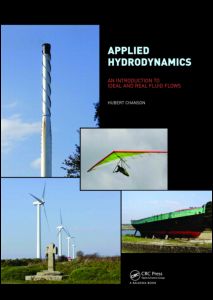

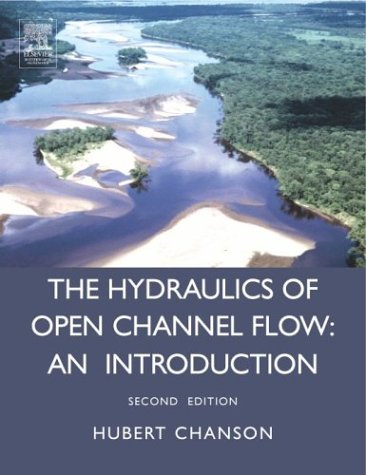
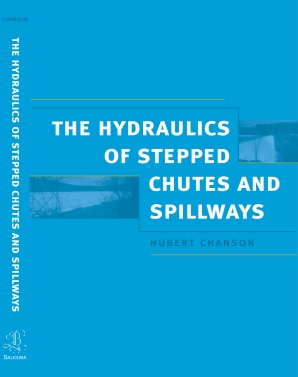
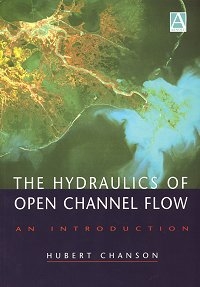


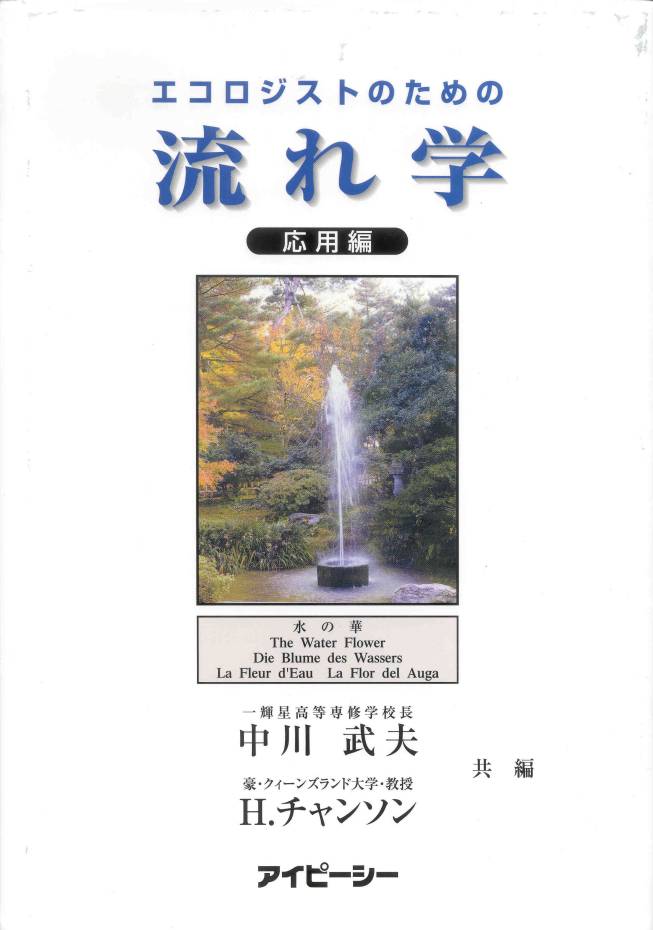
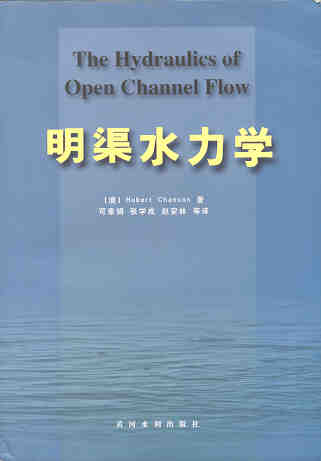
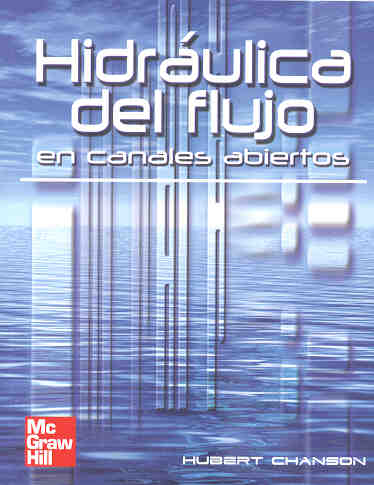
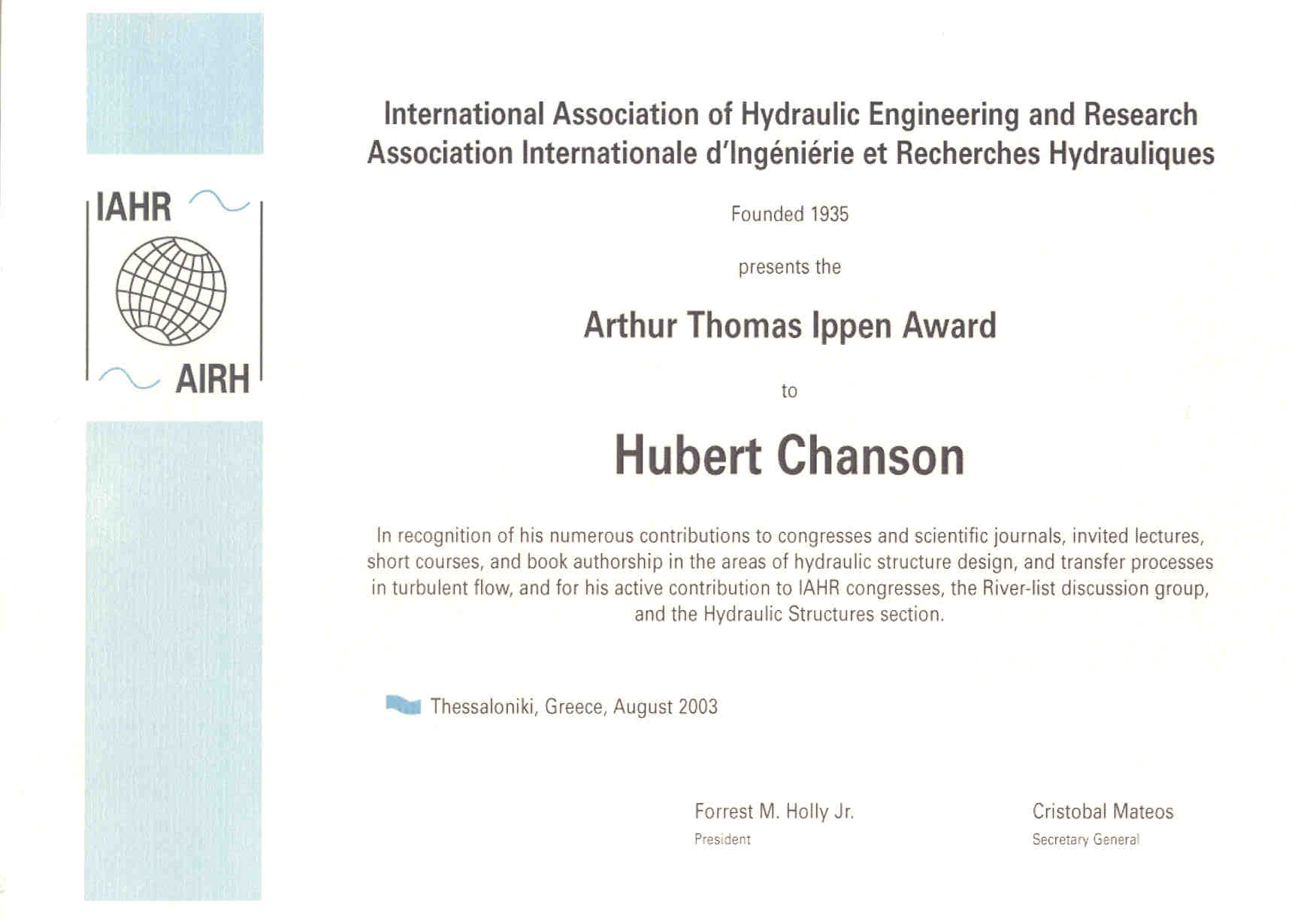
 Presentation
Presentation 
 References
References













